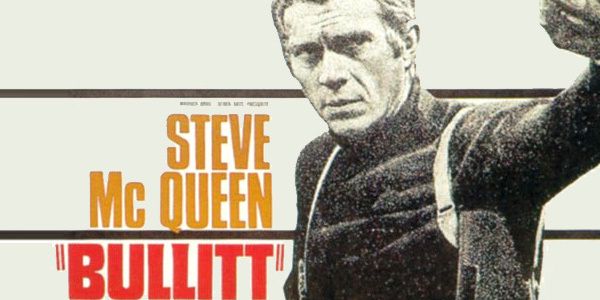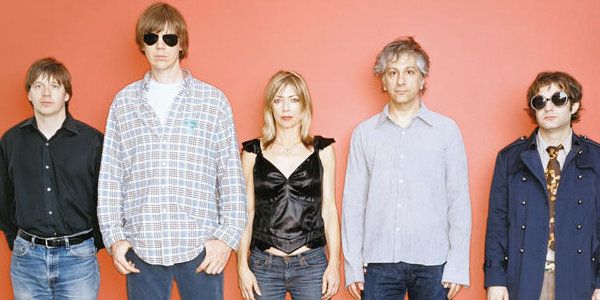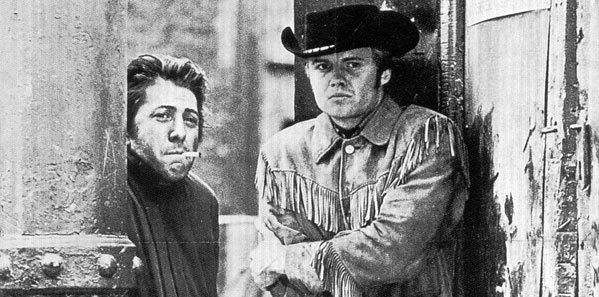In the 19th century, society had a method for sweeping women whose behaviour was deemed strange and unusual under the carpet: they’d be spirited away to places with large lawns and high walls, and left to keep counsel with sprites and faeries on a brainful of laudanum. Thankfully, in the liberal and enlightened 21st century, we now recognise that they’re actually far better suited to being pop stars, an arrangement that’s worked out happily for everyone.
In fact, now that their male counterparts have retreated onto the endangered species list, the onus of providing pop music with the “strange fascination” that Bowie once sang about has fallen more or less squarely on the padded shoulders of the
Lady Gagas,
Janelle Monáes and Florence Welchs of this world. Like those artists, Florence is possessed of her own idiosyncracies and odd preoccupations (sometimes self-consciously so: she recently told one interviewer that her favourite pastime was “
dancing down supermarket aisles”), but she’s no fool. For evidence of that, you only need to listen to ‘
Ceremonials’ and consider the album she could have made.
When asked by her label if she fancied following the massive success of her 2009 debut by recording its follow-up in the States with a phalanx of exorbitantly priced R&B producers, Welch toyed with the notion, but ultimately had the good sense to decide, “
No. No. No. No! I can’t do that. I can’t just suddenly leave behind everything that made ‘Lungs’.” The record she has made is really more of a refinement of ‘
Lungs’’ sound and spirit than any sort of departure. Indeed, you could argue ‘
Ceremonials’ is actually quite a cautious album. It’s also a very good one.
From the off, everything is (of course) bigger, grander, more dramatic; this is an album that’s absorbed every kitchen sink hurled its way and is still ravenous for more, like the matter-engorging spawn of a collision between
Large Hadron Colliders. Opener ‘
Only If For A Night’ blows away the cobwebs with a fragmented dream-narrative about a ghostly visitor for whom Flo oh-so-quaintly does “
cartwheels in your honour” over palindromic layers of stiletto strings and crashing drums, while the chorus of ‘
Shake It Out’, the first single proper, announces itself with a sudden, overpowering immensity akin to sheets of ice being atomised by a ruddy great hammer. It’s as though indie’s self-styled Lady of Shalott has discovered how to emote through a bullhorn.
There’s more to ‘
Ceremonials’ than simply ‘
Lungs’-with-bigger-lungs, though. She might have sidestepped the venal, vapid pop album her label were nudging her towards, but nonetheless, there’s a distinct R&B flavour to songs like ‘
Heartlines’ and, especially, ‘
Spectrum’, whose histrionic urgings to “
Say my name!” are a bit like having your eyes angrily jabbed out by an irate Beyoncé (a good thing). Elsewhere, she indulges her love of ’60s soul on ‘
Lover To Lover’, taking a sound that’s become as second nature to today’s female singer-songwriters as drawing breath, and bucking the odds by eking what must surely be the last remaining ounce of fun from it.
We’ve mentioned before that ‘
Ceremonials’ is big. Clocking in at a shade under an hour long, it’s perhaps a little too big. The album closes on a frustratingly superfluous note with the shallow bluster of ‘
Leave My Body’, and a few other tracks (the enchanting, but scarcely epic, likes of ‘
Seven Devils’ and ‘
All This And Heaven Too’) feel abnormally drawn-out. On a record of big ambitions and grandiose production, that’s an easy trap to fall into, but a little brevity – think of what ‘
Kiss With A Fist’ achieved in just 124 seconds – might’ve gone a long way.
No matter. There’s an air of inevitability around this album’s impending ubiquity, and its success will be richly deserved. It’s not a strategy that will work indefinitely, but by taking what worked about ‘
Lungs’ and amplifying those qualities to a natural, satisfying conclusion, Florence has made a near-great pop record that should afford her the creative freedom to do whatever the hell she wants next time around. She may be away with the faeries, but she knows exactly what she’s doing.
Barry Nicolson NME




































